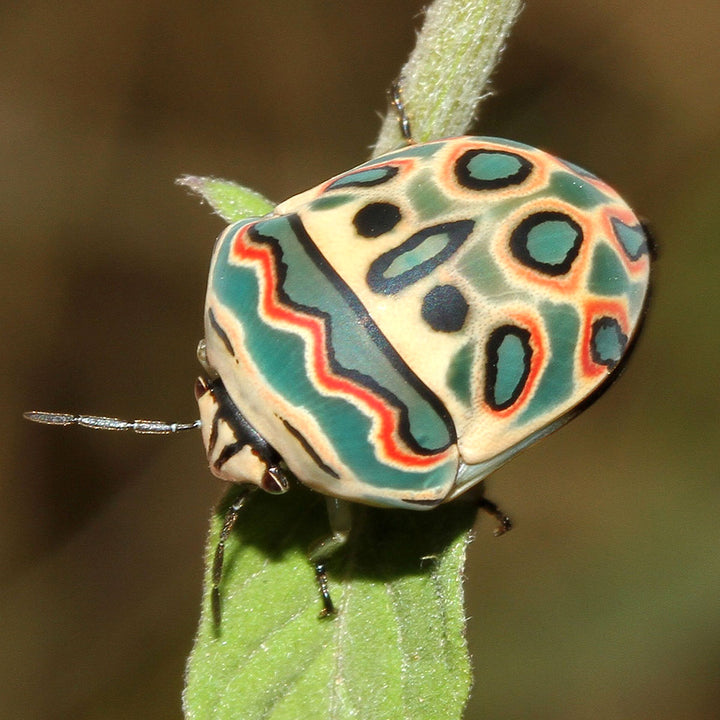
Nature is truly amazing, and a cool example of this is the Picasso Bug, also known as the Zulu Hud Bug, and known scientifically as Sphaerocoris annulus. Despite its petite stature, measuring only 6-15mm in body length, this arthropod commands attention with its beautiful appearance that resembles a Picasso painting.
These bugs are primarily found in tropical and subtropical regions of Africa, and countries such as Benin, Cameroon, Côte d'Ivoire, and Tanzania. But what makes the Picasso Bug truly remarkable is their appearance. Much like the abstract expressionism movement sought to evoke emotion and provoke thought through non-representational art, the Picasso Bug's markings play a crucial role in its survival.
Through a phenomenon known as aposematism, these bold colors and patterns serve as a warning to potential predators, signalling the bug's toxicity and deterring would-be attackers. And, if the warnings are ignored and the bug is attacked, it will let off a foul smelling poisonous liquid that tastes as bad as it smells!

The Picasso Bug's painted appearance is essentially a form of natural advertising, promoting the fact that it is not worth attacking due to it's toxicity.
In this sense, the Picasso Bug's resemblance to abstract painting is not merely coincidental but deeply intertwined with its evolutionary strategy. Just as Picasso sought to challenge conventional artistic norms and push the boundaries of perception, the Picasso Bug defies conventional notions of insect camouflage, opting instead for a bold and confrontational display of its poisonous nature.
Moreover, the Picasso Bug is a great reminder of the interconnectedness of art and nature. Beauty often emerges from the most unexpected places, blurring the lines between the natural world and human creativity.

